6 May 2008
0 CommentsTech Leadership Redux
I finally found some time to record thoughts on a great conference – last Thursday’s Tech Leadership Conference (TLC) by Communitech.
CEO ROUNDTABLE:
Verdexus once again gathered a few tech CEOs from Waterloo and Toronto, the night before at Charbries, to have an informal and open-ended discussion of key issues in financing, growing, valuing and finding exits for technology startups.
As in past years, we assembled an accomplished group who have built primarily software-based businesses during the last decade and are now executing newer models, whether SaaS or the more esoteric Venture 2.0 Playbook necessary for “so-called” Web 2.0 and Mobile businesses. In an earlier blog, I covered a past TLC speaker and Verdexus advisor Grover RIghter’s Venture 2.0 Playbook.
Numerous war stories about increased complexities of dealing with founders, VCs, groups of angel investors, not to mention simply making enterprise sales highlighted common success factors of perseverence to overcome obstacles, failure and experimentation before ultimate success and just plain good luck around timing. The drying up of VC money and other funding challenges remain a constant theme.
Experience in building great businesses over the last ten years has a lot to teach us today. However, the 2008 market also demands significantly different startup building techniques. To explore that, we spent time dissecting the Web 2.0 phenomenon. Some key questions we analyzed were:
- Q: in building companies for less (e.g. under $10 million, or even $5 million, from start to exit), is this building a complete company? Or, is an exit to a much larger acquirer the only way such nimbly funded companies can be grown to full scale? A: yes and no, we had some quite different opinions on this, so perhaps the jury is still out.
- Q: likewise, are these companies inherently built around smaller applications, that aren’t as technologically deep as earlier startups, or is there a genuine breakthrough in company cost structures? A: yes there are real breakthroughs in outsourcing, virtualization, hardware and network costs, virtualizing management, etc. Furthermore, while some Venture 2.0 companies are big plays, many are ultimately just a piece of the whole product and will ultimately find their true “home” only when acquired.
- Q: in an age of “free”, what are the long term monetization strategies that will build companies of real value? A: see discussion around TLC and Chris Anderson, below.
In addition, we spoke about:
- the right time and stage to start going outside for money, and hence the tradeoffs between purely organic growth and the accelerated growth rates external finance allows.
- how to get and maintain, and perhaps legally incent, alignment between investors and management.
- the difficulties a “closed” mobile environment, particularly in Canada and the US, presents to startups and whether purely web-based applications (a la iPhone) represent the optimal rollout strategy. The emergence of 3G will only enhance this strategy (3G is expected to be 20% of handsets by 2010, but that number would be skewed to non-North American markets).
TECH LEADERSHIP KEYNOTES:
For anyone attending the May 1st Tech Leadership Conference, you can see that our roundtable discussions were right on point for what the US-based, most west coast and Web 2.0 focused speakers were telling the audience. In fact, it was striking how common the issues between the two back-to-back events turned out to be.
 First of all, Chris Anderson, editor of Wired, author the The Long Tail and most notably a past contributor to my favourite magazine, The Economist, spoke about the increasingly dominant role of FREE in product pricing strategies. Speaking from the perspective of an economist, Anderson illuminated why, increasingly, products and services, particularly those in the online digital realm, are moving to free or low cost pricing. He boldly predicted that “free is going to be the price of some version of any product”. First of all, the cost of production and distribution of these virtual products is primarily based on such inputs as computer processing power, network bandwidth, digital data storage, All of these are approaching zero or very low cost. Anderson underscored this by showing that the cost of serving video for 1 hour over the internet was about 1/4 cent per hour (and would be 1/8 cent per hour next year).
First of all, Chris Anderson, editor of Wired, author the The Long Tail and most notably a past contributor to my favourite magazine, The Economist, spoke about the increasingly dominant role of FREE in product pricing strategies. Speaking from the perspective of an economist, Anderson illuminated why, increasingly, products and services, particularly those in the online digital realm, are moving to free or low cost pricing. He boldly predicted that “free is going to be the price of some version of any product”. First of all, the cost of production and distribution of these virtual products is primarily based on such inputs as computer processing power, network bandwidth, digital data storage, All of these are approaching zero or very low cost. Anderson underscored this by showing that the cost of serving video for 1 hour over the internet was about 1/4 cent per hour (and would be 1/8 cent per hour next year).
This is important because basic economics teaches us that “in a competitive industry price will equal marginal cost.” At the very least, this means that competitive online markets will almost always involve competing with a free offering. Anderson presented a fabulous dissection of why this is true and the implications for business, and especially tech startups in fields like web, social media, mobile and digital media.
He spent less time on the monetization strategies startups should use to compete in these free-dominated markets. Although he presented the “freemium“ business model wherein 99% use a basic and free offering, while revenues come from the 1% who are most engaged and hence see the greatest value. However, as I’m engaged in real world exploration of these web 2.0 monetization strategies even as I write this, there is so much more to this critical topic. The previously mentioned Grover Righter Venture 2.0 playbook delves deep, exploring a hierarchy of monetization models, including mashups, text ads, video ads, carriage, points, subscription, vending, etc.
 Having already seen venture investor and advisor Chris Sacca doing a similar presentation at the Deloitte Predictions conference in January 2008, I will spend less time on his lunch time keynote. Sacca is an especially smart and engaging speaker and probably the best I’ve seen in sharing the Silicon Valley culture, expousing lessons learned during his recent work as head of special initiatives for Google.
Having already seen venture investor and advisor Chris Sacca doing a similar presentation at the Deloitte Predictions conference in January 2008, I will spend less time on his lunch time keynote. Sacca is an especially smart and engaging speaker and probably the best I’ve seen in sharing the Silicon Valley culture, expousing lessons learned during his recent work as head of special initiatives for Google.
The statistic that still resonates with me from his January talk was that Google is the largest purchaser of Filet Mignons in California. Having struggled over the years to import the Silicon Valley culture of focus and fun to Waterloo, I continue to wonder whether a direct import is possible given our differences of culture, climate and politics here in Canada. But, we this is definitely worth exploring and I’d really be interested in a Google employee’s analysis of the office and amenities in Waterloo compared to Mountain View.
On a deeper note, Sacca’s described his almost evangelical mission to lobby the FCC and help shape the subsequent 700 MHz spectrum to ensure it would be an open wireless platform. I’ve spoken a number of times about how broken our mobile environment is and that we need an improved regulatory framework and increased competition to get out of our current “dark ages”. In engaging the FCC, Chris has helped move the regulatory piece forward and with its Android open handset initiative, there is a good chance that Google will increase competitive intensity as well.
Lastly, Sacca weighed in on the topic of building new companies more efficiently and at the same time, took a swipe at VCs, in saying “traditional VC funds haven’t fathomed how cheap it is now to build a software company”. He continued that he “wouldn’t know how to be a VC, when you can start a company without maxing out a credit card”. Overstatement perhaps, but it does drive home the point we’ve been exploring for some time.
 The interplay of the two Chris’s (Anderson and Sacca) with later keynote Jeff Taylor (Eons, ex-Monster) and Rick Segal (venture parter at JLA Ventures) mashed up into a panel with maestro Mark Evans (PlanetEye, ex-National Post) moderating. Iain Klugman of Communitech is to be congratulated for putting this together. Never before have I seen so much mental horsepower and raw in the trenches experience on one stage. The panel, for which I believe Communitech plans to have a video stream available shortly, was a true highlight.
The interplay of the two Chris’s (Anderson and Sacca) with later keynote Jeff Taylor (Eons, ex-Monster) and Rick Segal (venture parter at JLA Ventures) mashed up into a panel with maestro Mark Evans (PlanetEye, ex-National Post) moderating. Iain Klugman of Communitech is to be congratulated for putting this together. Never before have I seen so much mental horsepower and raw in the trenches experience on one stage. The panel, for which I believe Communitech plans to have a video stream available shortly, was a true highlight.
 Again, major kudos to Communitech for pulling this remarkable event together. It is a real step forward for the Waterloo startup scene. To illustrate, less than three years ago, at October 2005 Entrepreneur Week, when Tony Perkins (AlwaysOn, founder RedHerring) spoke about many of the same Web 2.0 issues, the lack of readiness of the audience to receive this message was most apparent. The recent TLC dramatically shows that we’ve come a long way in those last few years in transitioning to the next generation of tech in Waterloo Region.
Again, major kudos to Communitech for pulling this remarkable event together. It is a real step forward for the Waterloo startup scene. To illustrate, less than three years ago, at October 2005 Entrepreneur Week, when Tony Perkins (AlwaysOn, founder RedHerring) spoke about many of the same Web 2.0 issues, the lack of readiness of the audience to receive this message was most apparent. The recent TLC dramatically shows that we’ve come a long way in those last few years in transitioning to the next generation of tech in Waterloo Region.
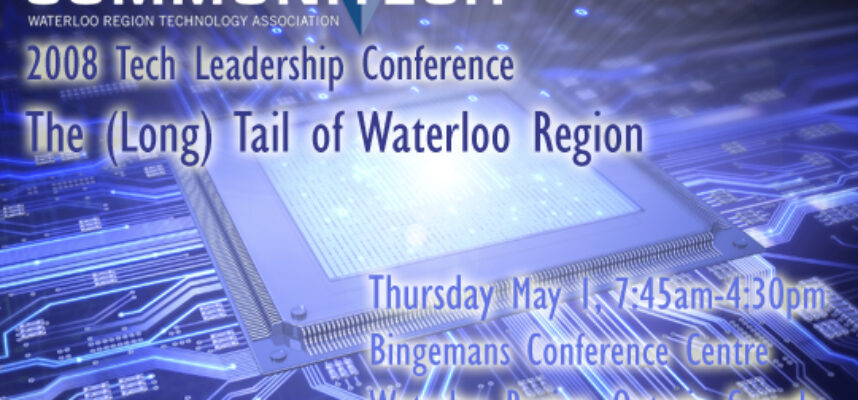
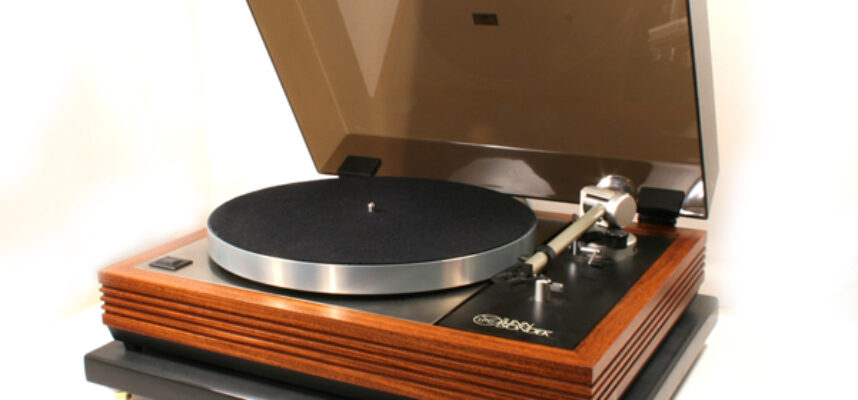
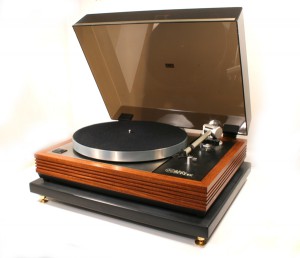 “The Ultimate Audiophile’s Turntable”
“The Ultimate Audiophile’s Turntable”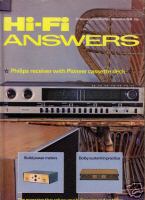 British Audiophile Bible in the 1970’s and 1980’s
British Audiophile Bible in the 1970’s and 1980’s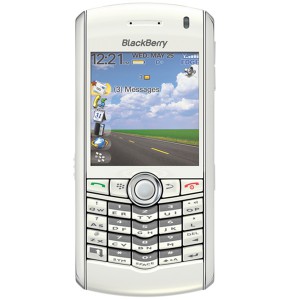 Blackberry Pearl – Convergence of Network and Information
Blackberry Pearl – Convergence of Network and Information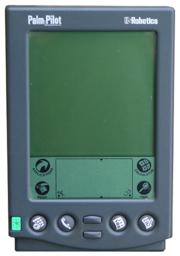 First Mass Market PDA 1996
First Mass Market PDA 1996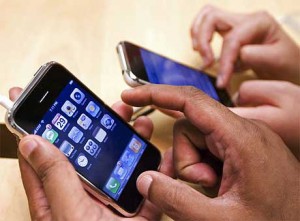 Apple iPhone – Next Generation Browsing Experience
Apple iPhone – Next Generation Browsing Experience Asus eee – MID Computer
Asus eee – MID Computer
 Electronic Bill Presentment and Payment: In the late 1990’s, Electronic Bill Presentment and Payment (EBPP), in which consumer bills that had been printed and mailed via the postal service, are instead processed automatically as a web service, was an exciting emerging market. I can remember the palpable frustration of
Electronic Bill Presentment and Payment: In the late 1990’s, Electronic Bill Presentment and Payment (EBPP), in which consumer bills that had been printed and mailed via the postal service, are instead processed automatically as a web service, was an exciting emerging market. I can remember the palpable frustration of 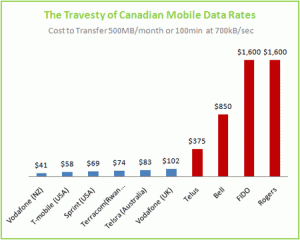 The roots of this problem have been discussed many times, including in this blog and by
The roots of this problem have been discussed many times, including in this blog and by 
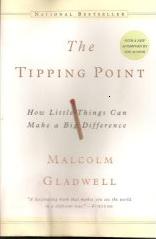 From that springboard, he became interested in the way fads and other changes propagate through society, especially illustrated by recent books like Malcolm Gladwell’s
From that springboard, he became interested in the way fads and other changes propagate through society, especially illustrated by recent books like Malcolm Gladwell’s  Now, let’s drill a bit deeper to understand why this is so important. Malcolm Gladwell is a (very persuasive) popularizer of complicated and transformational ideas. By contrast, Duncan Watts, associate professor of Sociology at Columbia University and author of the 2003 book
Now, let’s drill a bit deeper to understand why this is so important. Malcolm Gladwell is a (very persuasive) popularizer of complicated and transformational ideas. By contrast, Duncan Watts, associate professor of Sociology at Columbia University and author of the 2003 book 
 It seems that several people missed the “Comments” link where Grover posted his materials for the Venture 2.0 Playbook. Therefore, I’m reposting his comments with the link here below. Also, although we’ve had some great dialogue offline about this extremely important topic, I’d like to see some here.
It seems that several people missed the “Comments” link where Grover posted his materials for the Venture 2.0 Playbook. Therefore, I’m reposting his comments with the link here below. Also, although we’ve had some great dialogue offline about this extremely important topic, I’d like to see some here.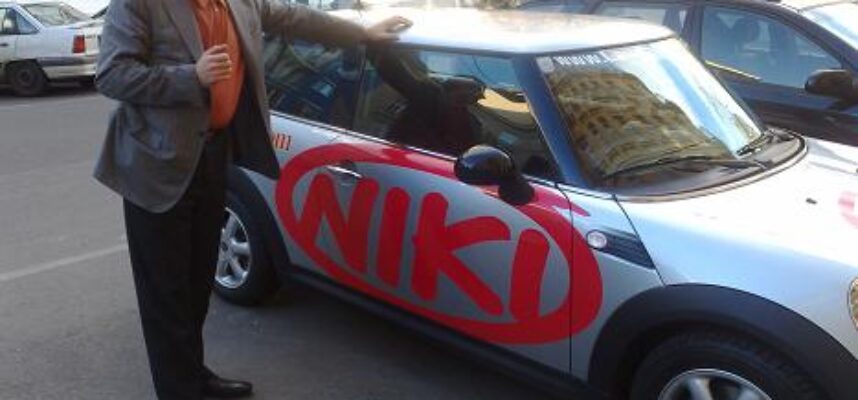
28 Jun 2008
0 CommentsEntrepreneurial Toolkit #3: Embrace Change
Successful entrepreneurs must push themselves to develop a set of, often seemingly contradictory, business and life skills. We’ve already talked about fearless passion and not drinking your own bathwater.
Today, we’ll expand on a skill that is becoming ever more important in these times of rapid technological, social and business evolution — the need to embrace change. In my own life, it has been a personal hallmark, so much so that without major new challenges and course corrections, my life satisfaction drops precipitously. Therefore, seeing Guy Kawasaki’s recent interview with Ariane de Bonvoisin called Change is Good reminded me to add change into my personal Entrepeurial Toolkit as skill #3.
For me personally, it is wonderfully affirming that, what I used to consider a pathological need for change, is in fact highly adaptive for the future world. Ariane’s book defines ideal entrepreneurs as “chance optimists”, who believe change is mostly good. Furthermore, those who have a strong believe in the positive power of change can flex their “change muscle” to overcome adverse emotions, or “change demons.” I think you get the picture, but it is certainly well worth reading, if only to re-affirm how important change has become to building lasting value.
The notion that change is cool has long been a hallmark of the culture of Silicon Valley, and most technology startups. Entrepreneurial founders are naturally aggressively impatient, pursuing change with an ADHD-like intensity. In fact, one influential business school commentator, who will remain nameless, suggested that the management style favoured in the Silicon Valley, which is so tuned to rapid growth and a challenging environment, would totally fall apart in the more repetitive world of “traditional” business. The truth is that the technology startups of the 1980’s and 1990’s were almost certainly belwethers heralding the morphing of our economy into one that is largely knowledge-based. I’m really not so sure that a business built on repetition and “continuous improvement” (which, sadly, is often more like “death by a thousand cuts”) has much of a future. But, what is unquestionably true is that the change-intensive technology startup culture is miles apart from traditional businesses whose historical rate of change was measured in decades, not weeks or months.
I mention this because I still have people ask me to talk about experiences in developing “go to market” strategies from 10 or even 15 years ago. While there are some valuable object lessons there, the approaches today (as we’ve discussed in other blog posts) are totally different. That being said, I feel that those earlier experiences have helped me to navigate this current change-infused world. Alas, my early world of physically shrinkwrapped software, sold through mail order distributors like Programmer’s Paradise and advertised in physical magazine ads, that built MKS in the 1980’s is largely history. The 1990’s saw most software sold via ecommerce on the web. Millenial startups leverage vast social networking platforms (Facebook, Twitter, etc.) and mobile distribution models. Like the tape analogy, each iteration of the market is pushing the envelope and, yet, each borrows heavily from existing playbooks as well.
Furthermore, even technology startups can get into a rut of repetition. As an entrepreneur, it is critical to have a network of intelligence that helps you navigate your ever changing business landscape.
In summary, embrace change by being both a “change optimist” yourself and encouraging it in your team. My strong belief is that it will enhance your ultimate success as an entrepreneur, and also increase your personal satisfaction during your personal journey to success, however you define it.